Keep learning with science activities that kids and families can do at home
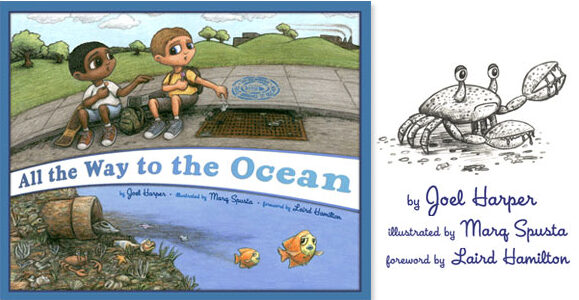
With lots of kids home from school, here’s a quick roundup of NOAA’s most popular educational resources to help you safely hunker down while learning about the ocean and atmosphere. As well as some ideas from the UNEP, on how to teach them about the plastic pollution problem.
Scientists predict the size of plastics animals can eat
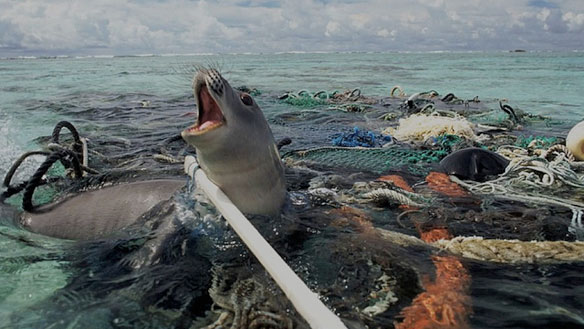
A team of scientists at Cardiff University has, for the first time, developed a way of predicting the size of plastics different animals are likely to ingest.
7,000 gallons of sewage from San Onofre nuclear plant spills a mile into the ocean
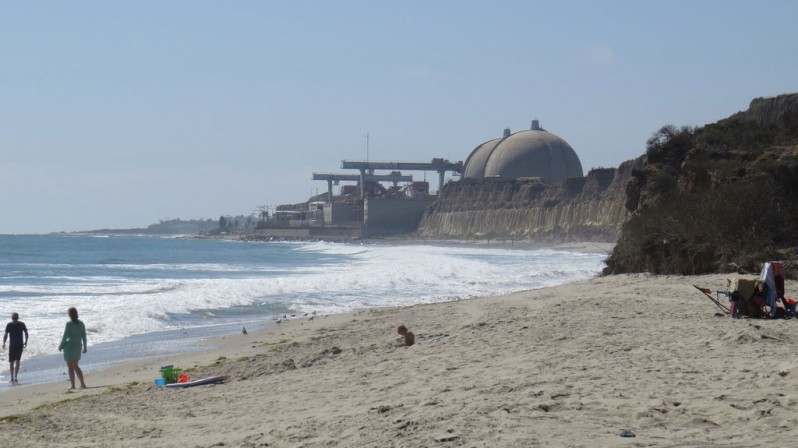
Officials at Southern California Edison, the plant’s operator, said the sewage amounted to a “non-radiological release” that entered the ocean through a conduit from Unit 2 at the facility.
California: Some beaches stay open, others shut down – why coastal closures are varying during coronavirus response

As various government agencies navigate uncharted waters, each stretch of sand may have different protocols when it comes to coastal access.Part of the confusion is caused because different government agencies have control over various stretches of the coast.
Ocean species are shifting toward the Poles
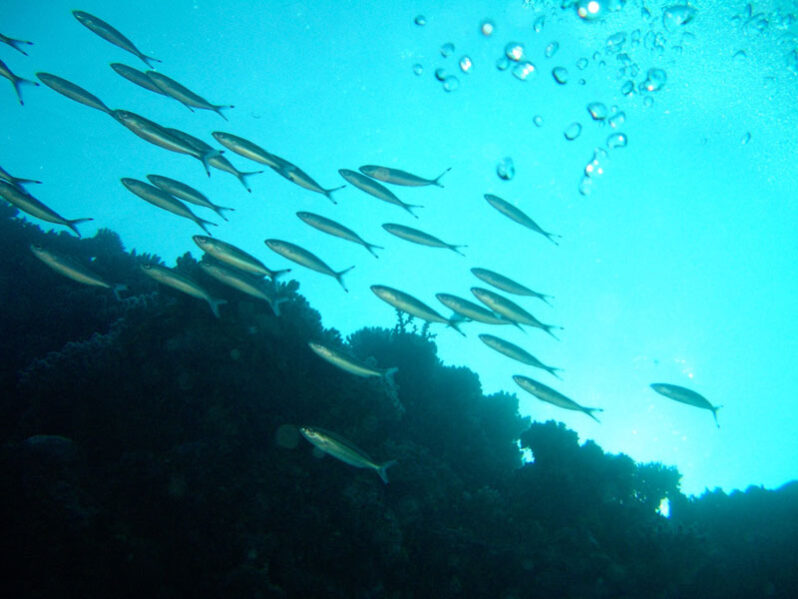
Concentrations of marine animal populations have been shifting away from the equator and toward the poles during the course of the past century, according to one of the most comprehensive analyses of marine species distributions to date.
California Supreme Court rejects suit to make Martins Beach public

This case represents a big clash between two rights: private property and free access to California’s coastline.
Great Barrier Reef suffers third mass bleaching in five years
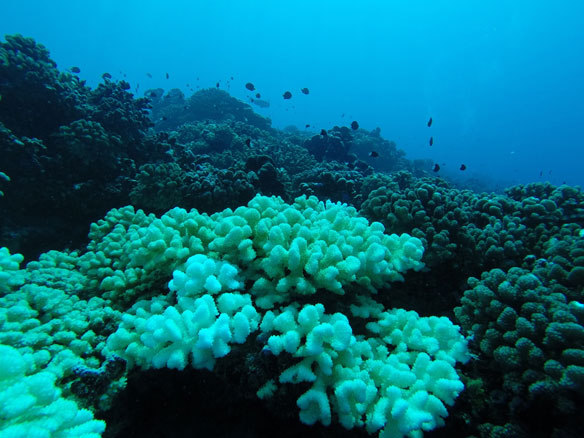
Australia’s Great Barrier Reef has suffered another mass bleaching event – the third in just five years.
Underwater avalanches are trapping microplastics in the deep ocean
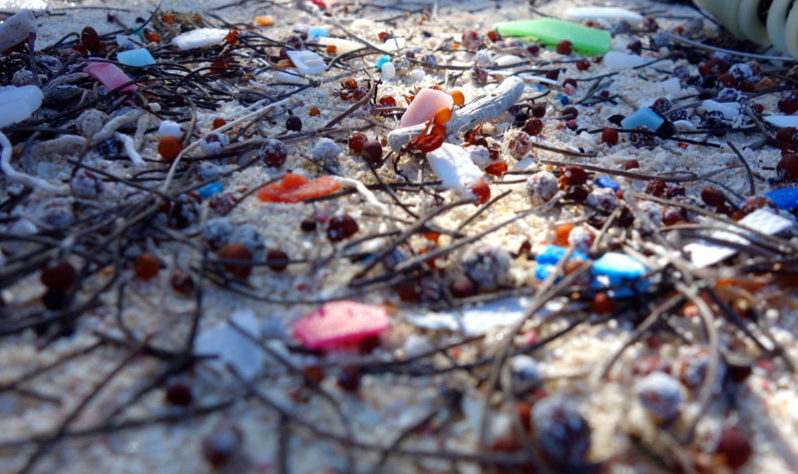
A collaborative research project between the Universities of Manchester, Utrecht, and Durham, and the National Oceanography Centre has revealed for the first time how submarine sediment avalanches can transport microplastics from land into the deep ocean.
Plants and animals aren’t so different when it comes to climate
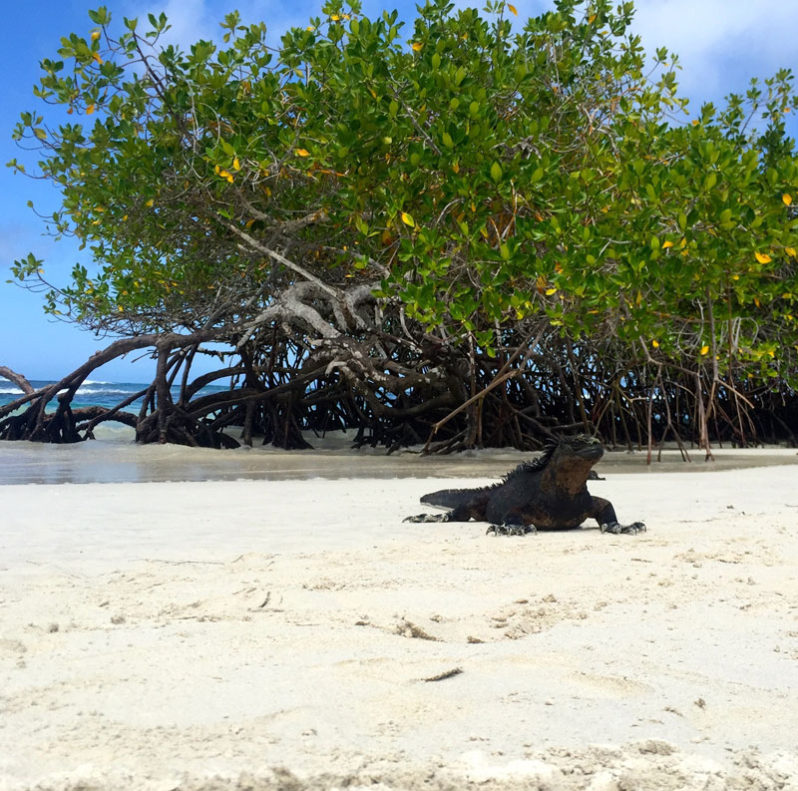
Despite fundamental differences in their biology, plants and animals are surprisingly similar in how they have evolved in response to climate around the world, according to a new study.
